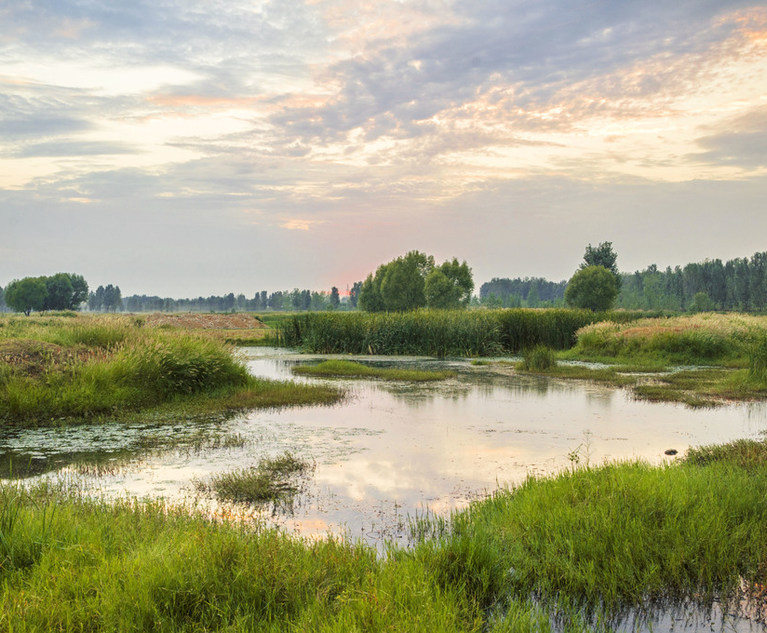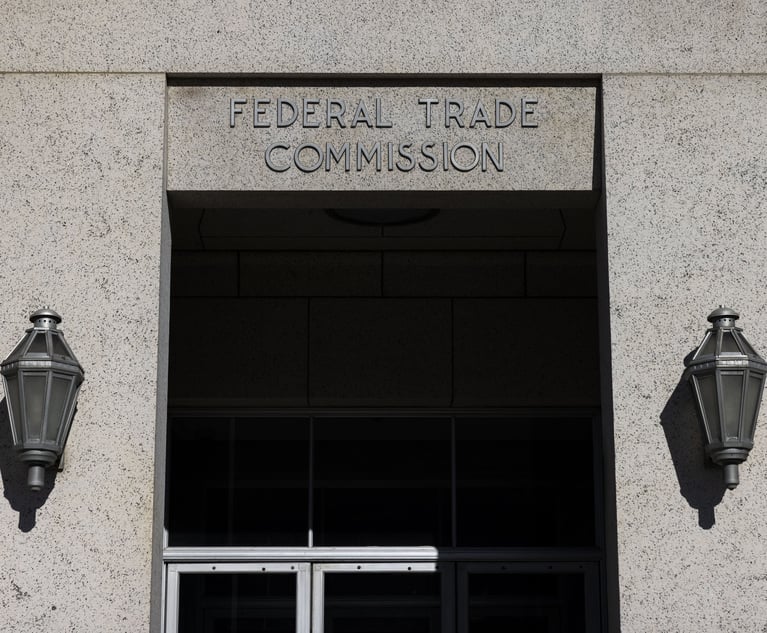 On Oct. 3, 2022, the Supreme Court heard argument in Sackett v. U.S. Environmental Protection Agency, ___ U.S. ___ (No. 21-454). The Sacketts bought their land in 2004 in a subdivision near Priest Lake, Idaho. They obtained the necessary permits to build a modest three-bedroom family home. In 2007 they began construction only to have EPA officials demand they stop, alleging that their land was protected wetlands under federal jurisdiction. The EPA’s compliance order claimed the construction violated the Clean Water Act (CWA) because their property was a federally regulated “navigable water.”
On Oct. 3, 2022, the Supreme Court heard argument in Sackett v. U.S. Environmental Protection Agency, ___ U.S. ___ (No. 21-454). The Sacketts bought their land in 2004 in a subdivision near Priest Lake, Idaho. They obtained the necessary permits to build a modest three-bedroom family home. In 2007 they began construction only to have EPA officials demand they stop, alleging that their land was protected wetlands under federal jurisdiction. The EPA’s compliance order claimed the construction violated the Clean Water Act (CWA) because their property was a federally regulated “navigable water.”
In earlier litigation, the Sacketts won the right to challenge the EPA’s order in a court of law. When their litigation simply languished in lower courts, the Sacketts’ counsel, the Pacific Legal Foundation, returned to the Supreme Court asking the court to clarify the scope of the EPA’s regulatory powers under the CWA. At stake is whether the EPA can expand the definition of “navigable waters”—which limits their authority to include any semi-soggy parcel of land.
This content has been archived. It is available through our partners, LexisNexis® and Bloomberg Law.
To view this content, please continue to their sites.
Not a Lexis Subscriber?
Subscribe Now
Not a Bloomberg Law Subscriber?
Subscribe Now
LexisNexis® and Bloomberg Law are third party online distributors of the broad collection of current and archived versions of ALM's legal news publications. LexisNexis® and Bloomberg Law customers are able to access and use ALM's content, including content from the National Law Journal, The American Lawyer, Legaltech News, The New York Law Journal, and Corporate Counsel, as well as other sources of legal information.
For questions call 1-877-256-2472 or contact us at [email protected]






